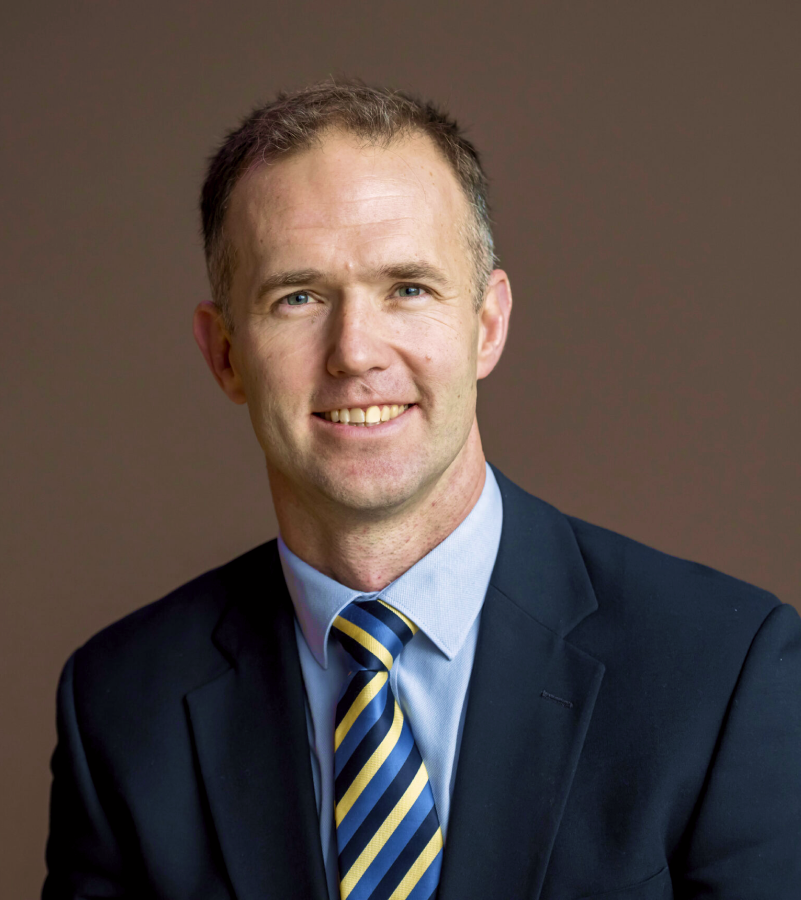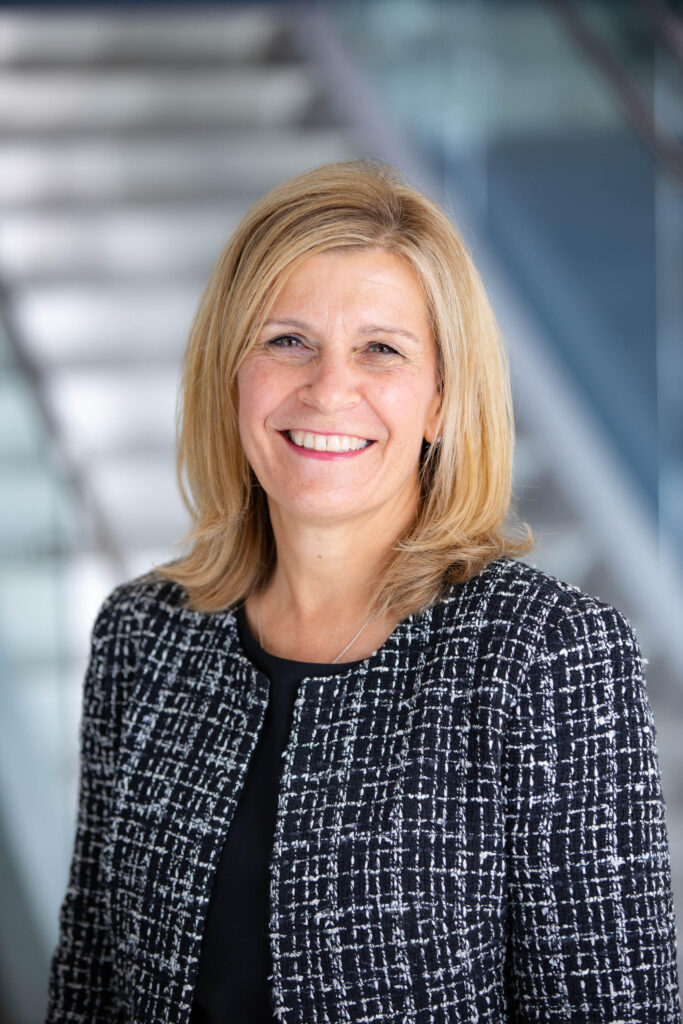"We are a school that really values the power of kindness, and we do all that we can to encourage the pupils to be kind to one another.”
The foundation started in 1996 and has developed quite a bit since then. Could you give us a quick introduction to where TGR stands today?
At TGR Foundation, our mission is to empower young people to pursue their passions through education. We serve young people and under-resourced communities, and we help them pursue their passions through education and chart a course for the future so they can make sure that they pursue the passions that they choose.
What would you say have been the keys to the success of the organization?
Great question. Tiger (Woods) wanted to create a safe and inspiring space where young people could explore new ideas, fail, learn, and develop skills through hands-on experience and create a plan for their future that allows them to pursue their passions successfully. And with that, I think our key to success is a safe and inspiring place to explore things they’ve never seen before and full-time staff and mentors who provide them with a robust educational curriculum, experiences, and hands-on activities that they’re not getting access to in the classroom.
The other key to success is partnership with schools. They use our Learning Lab in Anaheim to take their students on field trips. Every week, a new group of fifth-grade students comes in, and we provide a week-long field trip with these creative curricula.
While our students are in those classes, we’re also providing professional education for our teachers. So when they go back to the classroom, our students are more confident in their ability to learn, and their teachers are better prepared and trained to deliver a creative STEAM (Science, Technology, Engineering, Arts, and Math) curriculum.
From my understanding, you impact different areas, such as health education and welfare. Could you tell us a little bit more about that as well?
We have three program areas where we create impact. One of them is in the STEAM enrichment and the classes that we offer during the day after school and all summer long, where a lot of students struggle with summer learning loss. So, we’re helping fill that gap for schools and summer learning loss. The second program is about health and well-being, making sure that the overall student is served with healthy lifestyles, healthy opportunities, and ways to build their inner core and capacity. College and career readiness are our third pillar. So how do we expose them to careers, give them hands-on experience with potential careers, and then help them create a plan so that they could pursue those careers post-secondary education?
Understood. I would like to ask you a little bit more about the organization’s philosophy. Obviously, you are trying to make opportunities universal and accessible to everyone. Could you tell us a little bit more about your values as an organization and your philosophy?
We really believe that every young person has potential. Already, we are closing gaps in their communities and schools, where opportunities are not as available as they are in some other organizations, and then we are providing that opportunity that you mentioned.
So, if you give young people the opportunity to succeed, give them a safe place to try things that they don’t have to worry about succeeding in, and if you build their confidence, you excite their imaginations about what’s possible. We believe that students can do anything. So, our philosophy really is that the opportunity is limitless, and everyone has the potential to succeed.
Now, I understand why you call it the Learning Lab, which is interesting content. You are also expanding the Learning Lab in Philadelphia, and I would like to learn more about the facilities themselves.
It truly is an inspiring place. The one in Anaheim is a 35,000-square-foot building. It’s beautiful, it’s creative, and it inspires young people. But when they walk in, imagine what’s possible. So, there’s a maker space where they can do creative hands-on activities for themselves. And then all of our classrooms are outfitted with the latest technologies. They have doors that open, 3D printers, and all the latest in technology. As far as computers, we have a couple of rooms that have podcasting opportunities. So, we have some arts, podcasting, and photography classes. Again, the latest and greatest in the area of technology.
I don’t know whether you know the National Assessment of Educational Progress. It’s a data center, the NAAEP. They collect a lot of data for schools nationwide. We know that about 79% of schools don’t have lab space. So, schools don’t even have the right facilities to provide these curricula. We have the latest and greatest lab space. About 23% of students get less than 2 hours of science every week in their curriculum at school. So, we’re supplementing that both after school, during the day, and in summer. Sadly, only 41% of students reported high levels of confidence in math. And so, we’re improving those skills and giving them those opportunities to develop those skills.
There’s a lot of research out there about the importance of the after-school space and how young people who participate in quality educational after-school programs do better in school. So, we hear from our teachers, partners, and schools that what we’re doing enhances the students’ abilities when they go back into the classroom.
I would like to ask you as well about business partners and donors. What will be your message to potential donors and people who want to collaborate with you and help you?
I would say that, truthfully, every community in America needs a TGR Learning Lab. We have one in Anaheim, and we’re opening one in Philly. We’re going to Los Angeles next. But sadly, every community needs a TGR Learning Lab, and honestly, Tiger believes that if people will join him, we can empower more young people to pursue their passions. We can’t do it alone. Tiger can’t do it alone, so we need donors. We need partners. We need corporations. We need schools to join us so that we can help more young people pursue their passions through education.
If you can, point our readers to TGRfoundation.org so that they can see more information about the TGR Learning Lab. If they want to connect with us, email us, we’re happy to share more information. We’re happy to give TGR Learning Lab tours. We’re happy to bring people in and use them as volunteers. So, there are lots of ways for people to get engaged.
Understood. What key message would you like to send through this feature?
Together, we can do more, and our young people need all of us to truly make them successful and give them the greatest opportunity to succeed and meet their full potential.
Where do you see the organization going in the next 3 to 5 years?
We are definitely expanding into new communities, and we’re looking at where those communities are. So, I would say that our main goal right now is to reach more young people, whether it’s through more kids in our current learning labs or building new learning labs, and then go deeper with those young people by providing more and more opportunities through our partners to help them succeed in life.
Is there anything that I haven’t asked you about that you would also like to share?
There are lots of great outcomes that we could share with you that might be helpful. We do survey our students to find out if our programs are really working. If there’s room to include some of our data and statistics, like 77% of our students feel more informed about careers that they might have the potential to pursue, or 70% are more motivated to achieve their goals when they come to one of our classes. So, we do have a lot of data that could be very helpful and strengthening the article and the success that after-school programs provide.



















